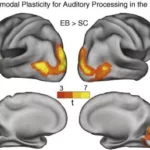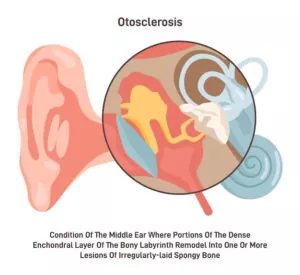
Real ear measurements (REM) are important in the tuning of hearing aids because they provide an accurate measure of how much amplification the hearing aid is providing at different frequencies and in different listening environments. This is important because hearing aid amplification needs to be customized to an individual’s specific hearing loss and listening needs. Without accurate real ear measurements, hearing aids may be over- or under-amplifying certain frequencies, leading to distorted sound or reduced benefit.
Several studies have highlighted the importance of real ear measurements in the fitting and tuning of hearing aids. A study by Killion et al. (2008) found that the use of real ear measurements resulted in significantly better speech recognition scores compared to fittings based on prescriptive formulas alone. Another study by Keidser et al. (2011) found that real ear measurements were more accurate in predicting the perceived benefit of hearing aids compared to prescriptive formulas, and that the use of real ear measurements resulted in improved speech recognition and overall satisfaction with the hearing aids.
In conclusion, real ear measurements are an essential part of the hearing aid fitting process as they provide an accurate measurement of the amplification provided by the hearing aid. The use of real ear measurements can lead to better speech recognition and overall satisfaction with hearing aids. It is important for audiologists to use real ear measurements in the tuning of hearing aids to ensure that the amplification provided is customized to the individual’s specific needs.
References:
Killion, M. C., Gudmundsen, G. I., Revit, L. J., & Banerjee, S. (2008). The impact of real-ear measurements on speech recognition with hearing aids. Journal of the American Academy of Audiology, 19(5), 356-369.
Keidser, G., Dillon, H., Ching, T. Y. C., & Ireland, D. (2011). The role of real-ear measurement in predicting benefit from hearing aids. International Journal of Audiology, 50(10), 713-722.






